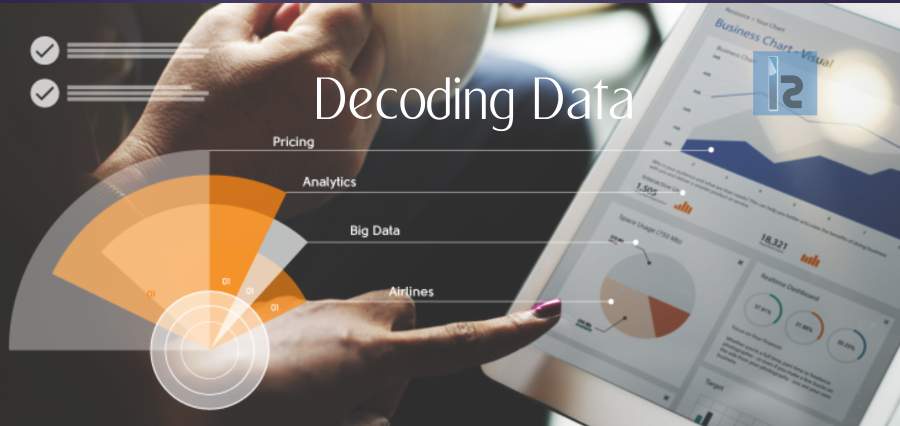Data Analytics (DA) is the science or method of analysing data using certain tools and techniques to produce a piece of information that can be used for business gains. So the tools and techniques that help assist with these analyses are called the Data Analytics Tools. These DA Tools are used by businesses to collect process and interpret data related to customers, business processes, market economics or practical experience. Data is categorized, stored and analysed to study purchasing trends and patterns, define actionable items and facilitate decision making.
Defining Data
Largely DA Tools deal with two major types of Data – Quantitative and Qualitative. Quantitative Data is numerical information and is expressed in numbers and figures which require statistical techniques for analysis. For example, user experience on a scale of 1 to 5. Qualitative Data, on the other hand, consists of words and uses narration to describe data. For example user experience to describe the takeaways from a seminar. To collect data for analysis, one needs to start by defining the questions that should be clear, measurable and precise. The next step to define as what and how to measure the collected data and includes parameters like time-frame, factors to include, demographics etc. Finally, come the data analysis part wherein various tools are used to decode the data.
Choosing the Tools
DA is riding high on the technology wave and many tools are available in the market that assists businesses in digging meaningful data. Some tools are free and very easy to use for all while some are paid and require some skill set to operate. Here are some of the most popular DA Tools that most companies and professionals rely on.
Microsoft Excel – Microsoft Excel does do more than just maintaining Database and is very popular and one of the most-widely used DA tool. Additionally one needs Excel to support other DA Tools as well. The basic version is pivotal when analytics of the client’s internal data is required. It can easily be used for summarizing, filtering, preview, visualising data. Add-ons like Excel Solver bring even more quality to the optimization of data. Moreover, Excel is compatible and easily available and doesn’t require special installations.
QlikView – QlikView, with its patented technology and in-memory data processing has many unique features. Its fast data processing, storage of data report, automatic data association, and data compression features are finding favour with many users. Using colour schemes, it offers visually enriched and colourful data relationship visualization.
R – R is a widely used statistics and data modelling DA Tool. It can manipulate data and present it in different ways. Its ability to compile and run on various platforms combined with the capacity of handling huge data is making it even more popular. R also provides users with tools to automatically install all packages as per requirement. These tools can also be well assembled with Big data.
Splunk – Splunk initially started as a tool to process, analyse and search machine log files data but now it does more than that. Its web interface is very easy to use and its visualization feature is one of the finest. It enables users to pull text-based data, search through it in a simple way, perform statistical analysis of the data and present it in different readable forms.
Tableau – Tableau is an easy to use, free DA software Tool that provides cross data source connectivity be it Excel, web-based data source, or Data Warehouse and more. It can then be used to create data visualizations, dashboards etc. with real-time updates that can be presented over the web. The user can also share the resulting visuals over social media and the files can be downloaded in different formats.
Similarly, many more data analysis tools are available which can be used by businesses and professionals for handling and exploring data. One can choose and use the tool that best fits their requirement and leverage data for business decisions.
-Sneha Sinha


